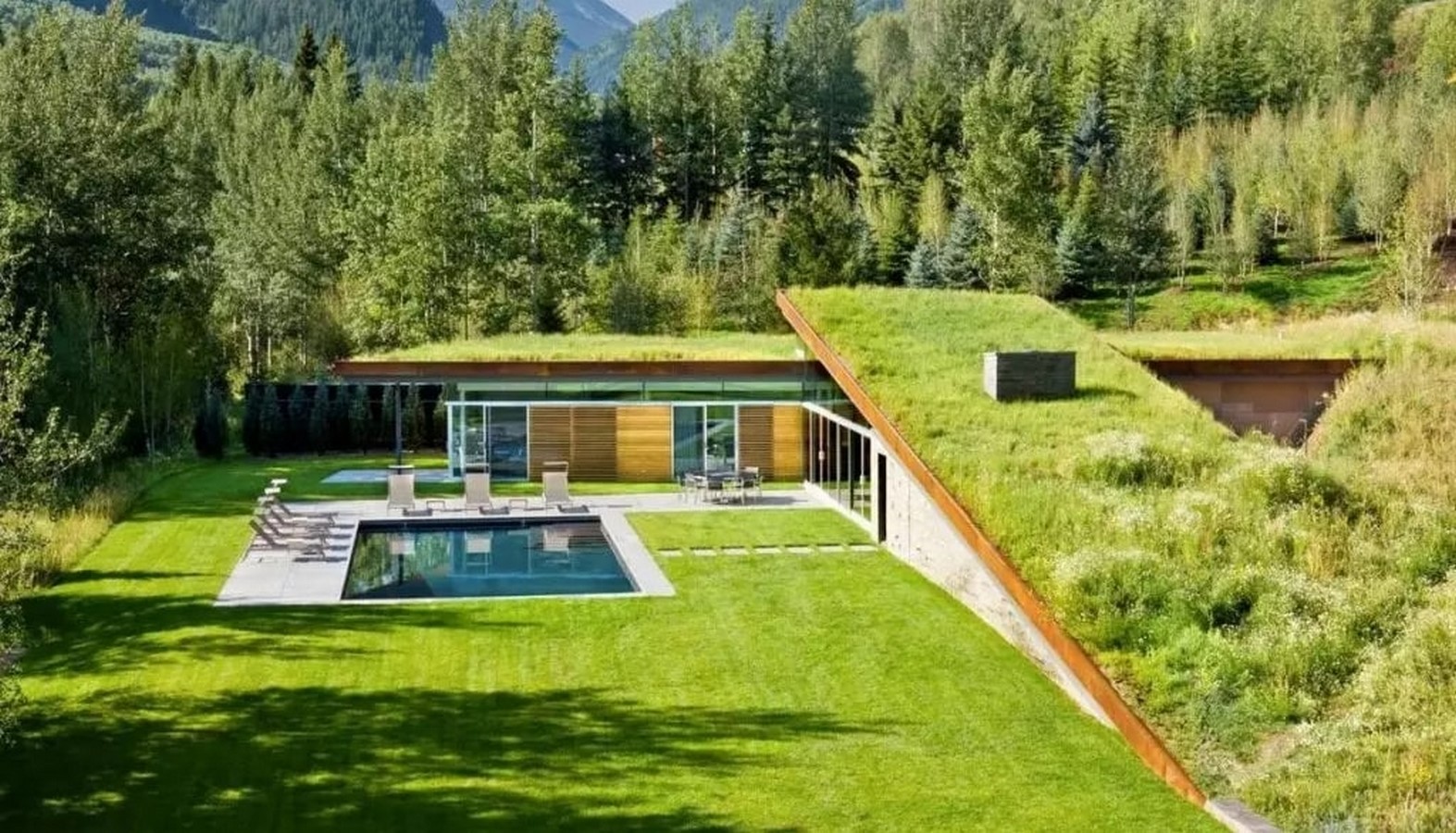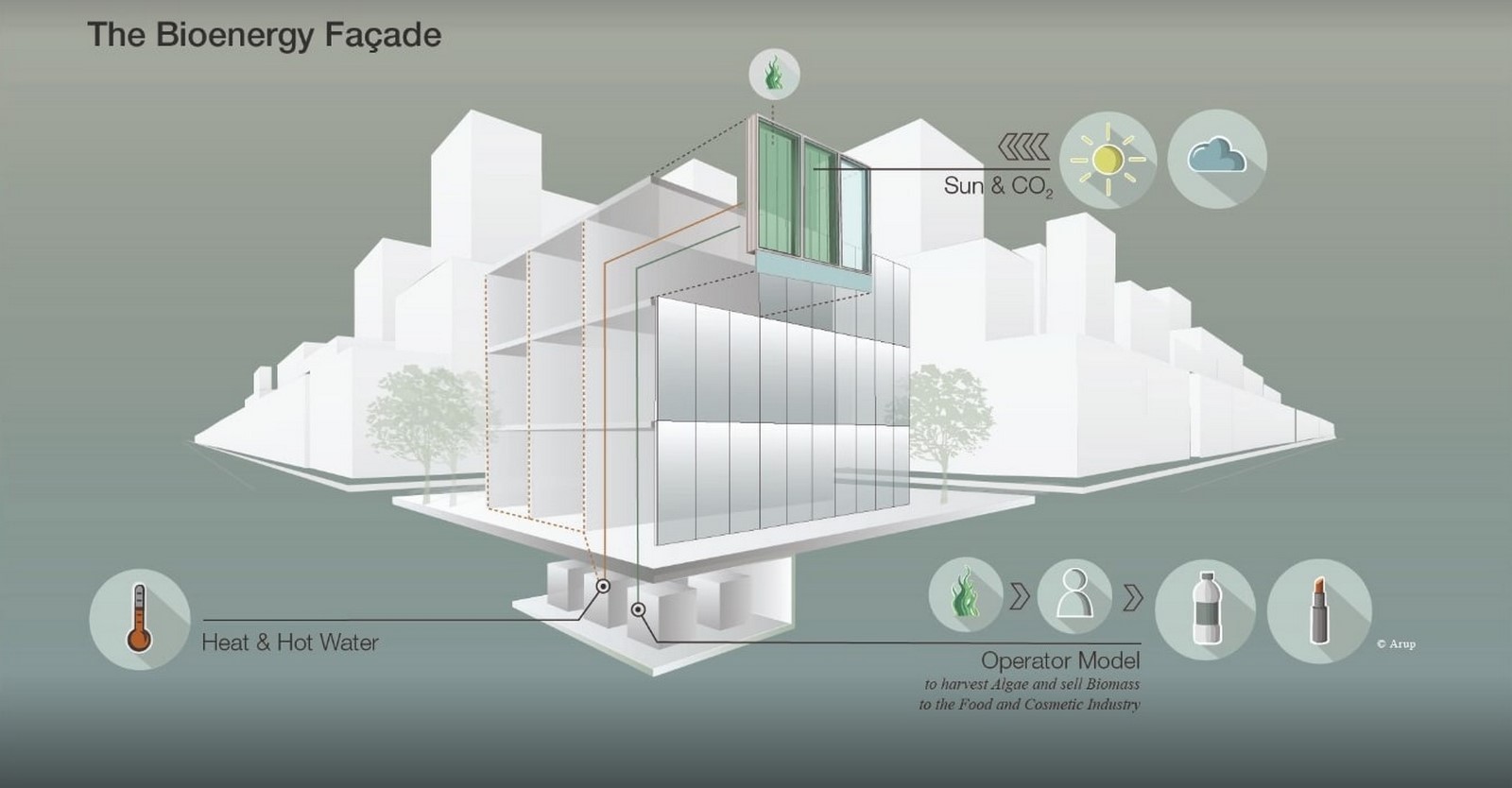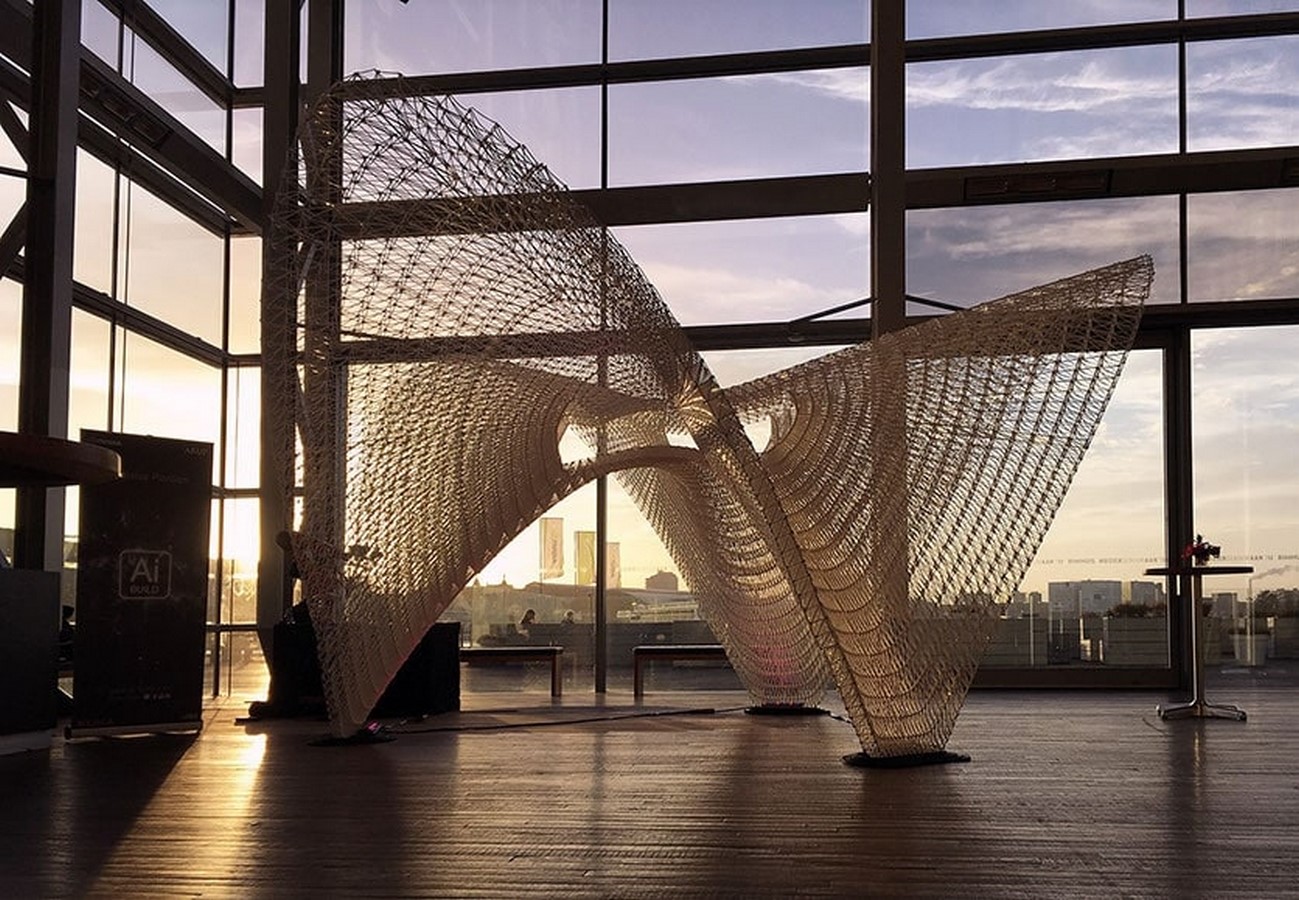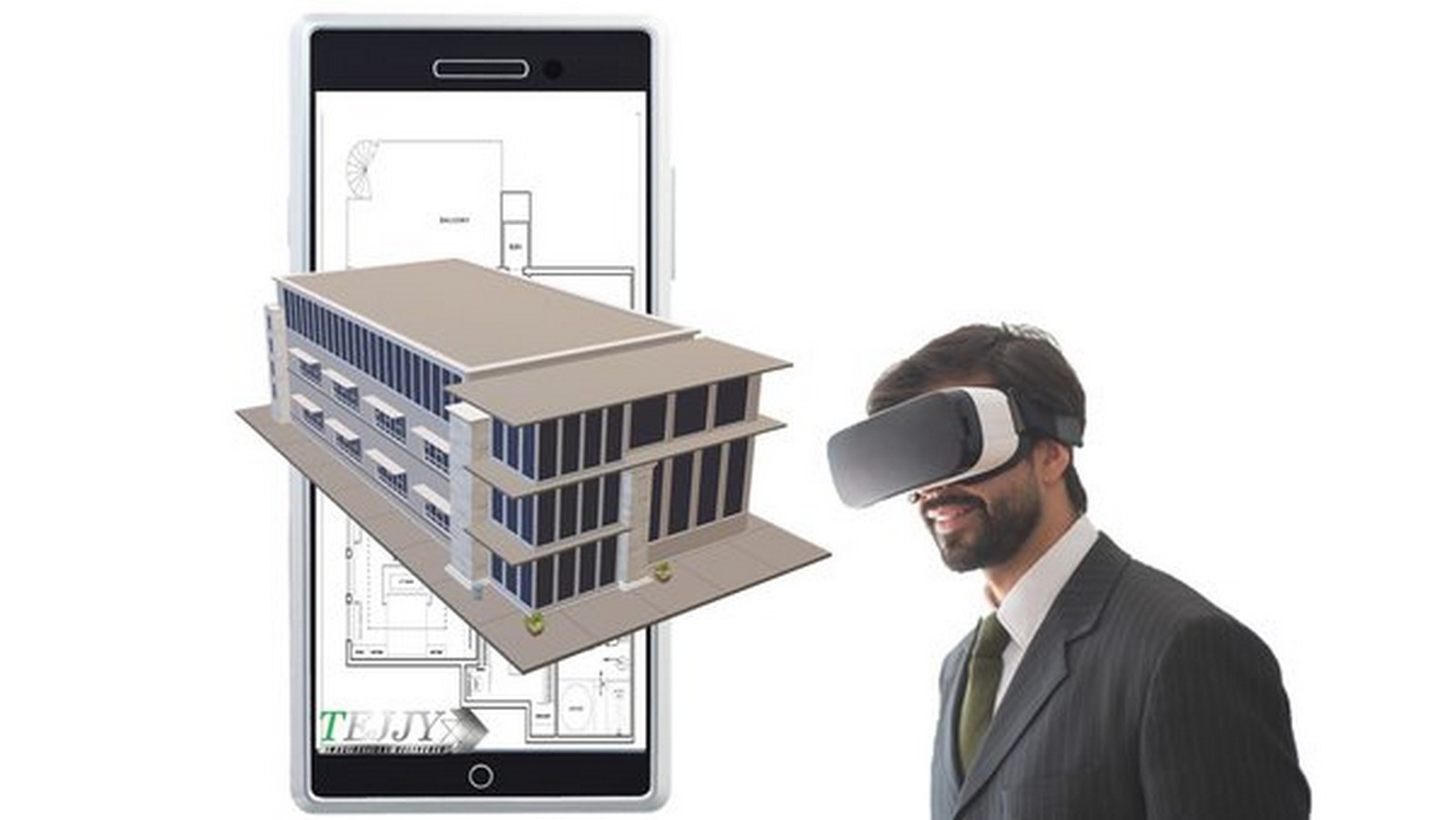Introduction
Technology breakthroughs and a rising consciousness of sustainability are affecting how we live and interact with our environment at an unprecedented rate. It is certain that architectural practices will change significantly by the year 2050 in order to suit the needs of a society that is always evolving. In this article, we examine some likely outcomes and significant elements of possible 2050 architectural practices.
Sustainable design as the standard:
Sustainable design will no longer be a choice but a fundamental obligation for all architectural projects and architectural practices by the year 2050. Architects will put a higher priority on renewable energy sources, zero-emission materials, and eco-friendly construction methods as a result of the urgency to combat climate change and protect our world. Buildings will integrate innovative water management systems, wind turbines, and solar panels to become self-sufficient and lower their carbon impact. In order to encourage biodiversity and build a close relationship between people and nature, architects will also use biophillic design ideas.

Combining robotics and artificial intelligence:
The way architects operate and the construction process itself will be revolutionized by the integration of artificial intelligence (AI) and robotics. To produce optimized designs, AI algorithms will examine a tremendous quantity of data, including user preferences, environmental factors, and building materials. These algorithms will also let architects foresee how their designs will function and affect the world before the building ever starts, leading to more effective and affordable projects. Robotics will also improve safety and productivity in the construction industry. Robotic assistance will speed up construction by assisting with operations like 3D printing, bricklaying, and material transportation. Instead of replacing architects, this combination of AI and robotics will enable them to explore new possibilities and concentrate on the creative side of architecture which in turn will help architectural practices.

Architecture that is adaptive and resilient:
Creating structures that can adapt to changing environments and survive the effects of natural calamities will be a challenge for architects in 2050. Extreme occurrences will become more frequent as a result of climate change’s continued influence on weather patterns. In response, architects will create sturdy buildings that can endure hurricanes, earthquakes, and flooding.
Buildings will increasingly use a modular architecture, which enables them to change and adapt to changing needs. Smart materials and adaptable designs will be used in these adaptable structures to maximize energy efficiency and make it easier to incorporate new technology. Together with specialists from a variety of disciplines, such as meteorology and structural engineering, architectural practices will design robust and secure settings for upcoming generations.

Augmented and virtual realities:
The way architects design and present their ideas will change as virtual reality (VR) and augmented reality (AR) technology become more widely used. Prior to construction, virtual reality (VR) will allow clients to experience architectural environments, providing a realistic and immersive knowledge of the design concept. Contrarily, augmented reality (AR) will enable architectural practices to superimpose digital data onto the real world, improving cooperation and enabling in-the-moment design changes.
In order to enable global involvement without the need for actual travel, design reviews, and presentations will be held in virtual environments. The architecture will become more accessible to the general public and encourage greater participation in the design process thanks to VR and AR.

Interdisciplinary and collaborative approaches:
More than ever before, architectural practices will adopt interdisciplinary and collaborative strategies in 2050. To develop comprehensive and centered on-people designs, architects will collaborate closely with urban planners, engineers, sociologists, and psychologists. They’ll put inclusion and accessibility first, making sure that structures are made to meet a variety of demands and encourage social harmony.
The idea of co-living and shared spaces will spread, reflecting shifting lifestyle preferences and the demand for resource sustainability. Using communal areas and shared amenities to promote connection and cooperation among residents, architects will create communities that promote a sense of belonging.
Conclusion:
The demand for sustainable design, technological breakthroughs, and a holistic approach to developing resilient and adaptive structures will force a change in architectural practices by the year 2050. Using sustainable design principles as the norm, architects will incorporate renewable energy sources, eco-friendly materials, and biophillic components into their constructions.
By combining robotics and artificial intelligence, architects will be able to create designs that are more efficient and speed up the construction process. Robotics will increase productivity and safety on building sites while AI systems will help with data analysis and prediction.
Creating adaptive and resilient structures that can resist natural disasters and shifting environmental circumstances will be a challenge for architects. They will work with specialists from diverse fields and make use of modular architecture.
The design process will be reimagined by virtual reality and augmented reality technology, which will allow for immersive client experiences and cross-border cooperation. Virtual environments will be used for design presentations and reviews, democratizing architecture, and raising public interest.
In order to generate people-centric designs, architects will work with urban planners, engineers, and social scientists in a collaborative and interdisciplinary manner. Priority will be given to inclusive and accessible venues that build a feeling of community and encourage social interaction.
It is clear that architectural practices will be at the forefront of innovation and sustainability when we look ahead to 2050. Future constructed environments will be significantly shaped by architects, who will create buildings that blend in with nature, make the most of technology, and put occupant well-being first.
The future of architectural practices is not just a far-off fantasy; it is already a concrete reality that is only beginning to take shape. Architects will rise to the challenge, pushing the boundaries of design to build a more sustainable, resilient, and inclusive society for future generations. The issues we face today deserve innovative and forward-thinking solutions.
References:
- Tahir, Z. (2023) What will architectural practice be like in 2050 – architecture, Avenir Developments | Real Estate Design & Development. Available at: https://avenirdevelopments.com/what-will-architectural-practice-be-like-in-2050/ (Accessed: 18 June 2023).
- Architects to phase out carbon by 2050 (no date) Architecture 2030. Available at: https://architecture2030.org/architects-to-phase-out-carbon-by-2050/ (Accessed: 18 June 2023).
- (No date) Where will we be by 2050? | architect magazine. Available at: https://www.architectmagazine.com/practice/where-will-we-be-by-2050_o (Accessed: 18 June 2023).















